Cape Buffalo
- January 30, 2024
- 0 comment
The Cape Buffalo, scientifically known as Syncerus caffer, is an imposing and resilient species indigenous to various regions across Africa. Renowned for its robust build and distinctive curved horns, which form a protective shield called a “boss,” the Cape Buffalo is one of Africa’s most recognizable and formidable herbivores. Typically found in large herds in sub-Saharan Africa, these buffaloes prefer habitats ranging from dense forests to open grasslands, always staying close to water sources which are essential for their survival. Their diet primarily consists of grass, making them integral in maintaining the ecological balance of their habitats.
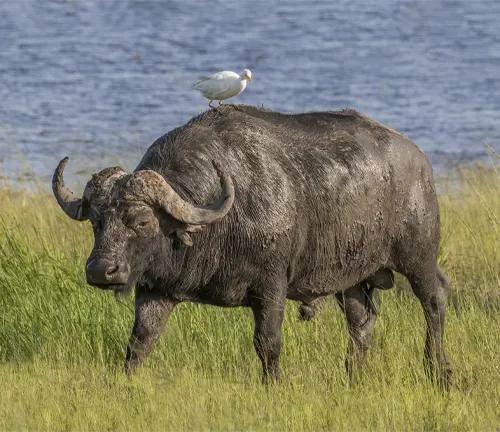
One of the “Big Five” in African wildlife, the Cape Buffalo is known for its unpredictable nature, often deemed dangerous due to its aggressive tendencies when threatened. Despite being a prey species for large predators like lions and crocodiles, their social structure — forming large herds — acts as a defense mechanism, providing safety in numbers. This social aspect also extends to their breeding practices, where calves are nurtured and protected by the entire herd.
Human activities, however, have posed significant threats to their populations. Habitat loss due to agricultural expansion, hunting for their prized horns, and diseases like bovine tuberculosis and foot-and-mouth disease have impacted their numbers. Despite these challenges, they are not currently classified as endangered, thanks in part to conservation efforts and their presence in numerous protected areas and national parks across Africa.
| Specification | Description |
|---|---|
| Scientific Name | Syncerus caffer |
| Common Name | Cape Buffalo |
| Category | Mammal |
| Family | Bovidae |
| Habitat | Savannas, Floodplains, Grasslands, Forests |
| Geographical Distribution | Sub-Saharan Africa |
| Size (Height) | 1 to 1.7 meters at the shoulder |
| Weight | Males: 650 to 1,000 kg (1,430 to 2,200 lb); Females: Slightly less |
| Color | Dark brown or black |
| Diet | Herbivore (mainly grass) |
| Lifespan | Up to 20 years in the wild |
| Social Structure | Herd-based, with herds ranging from a few to several thousand |
| Reproduction | Gestation period of about 11 months, usually single calf |
| Predators | Lions, Hyenas, Crocodiles, Humans (for trophy hunting) |
| Conservation Status | Least Concern (Not endangered, but facing habitat loss) |
| Unique Characteristics | Large curved horns forming a continuous shield (boss) |
| Behavior | Generally docile but can be aggressive if threatened |
| Economic Importance | Ecotourism, cultural significance |
The Majestic Cape Buffalo: Unveiling the Giant of the African Savannas]
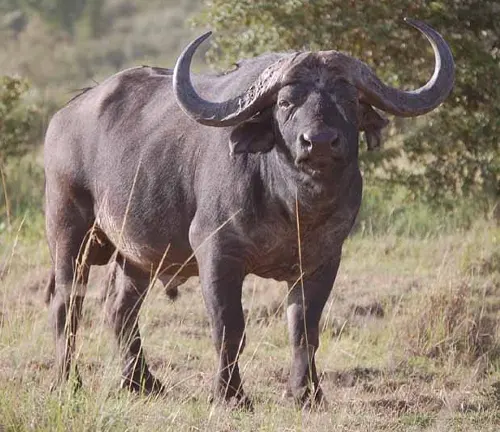
The Cape buffalo, known scientifically as Syncerus caffer, stands as a symbol of the untamed beauty of the African wilderness. This robust creature, part of the famed “Big Five,” has fascinated wildlife enthusiasts and biologists alike.
Physical Characteristics
Size and Appearance
The Cape buffalo is a testament to the raw power of nature. Males can weigh up to 900 kg, with females being slightly smaller.
Horn Structure
One of the most distinctive features of the Cape buffalo is its massive horns. These horns, which can span over a meter, are not just for show; they are vital for defense and dominance battles.

Habitat and Distribution
African Savannahs and Floodplains
The vast savannas and floodplains of Africa provide the perfect backdrop for these creatures.
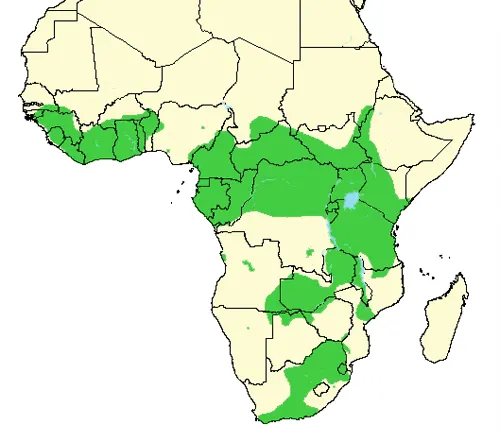
Geographic Range
From the lush grasslands of East Africa to the dense forests of the Congo, the Cape buffalo’s range is as diverse as the continent itself.
Diet and Grazing Patterns
Herbivorous Diet
As grazers, Cape buffaloes primarily feed on grass, playing a crucial role in the savanna’s ecology.
Water Dependency
Their reliance on water dictates their movements and shapes their habitat choices.
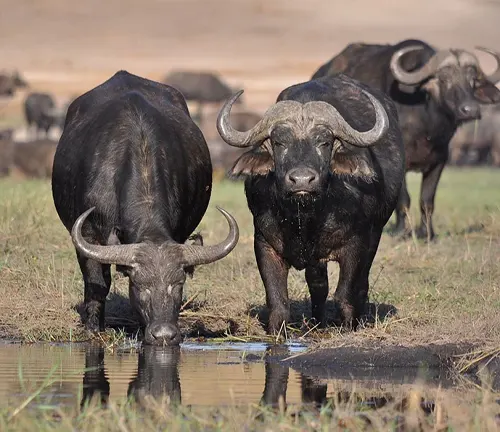
Social Structure and Behavior
Herd Dynamics
Buffaloes are quintessentially social animals, forming large herds that can number in the hundreds.
Calving and Parental Care
The birth and nurturing of calves are communal affairs, showcasing their intricate social bonds.
Predators and Threats
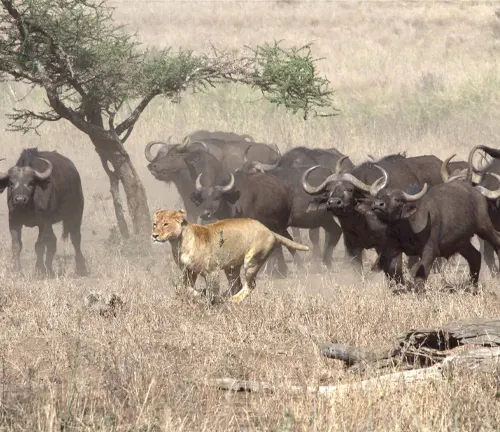
Natural Predators
Lions and crocodiles are natural adversaries, but it is the buffalo’s resilience and group strength that often keep predators at bay.
Human Conflicts
Unfortunately, human activities such as poaching and habitat destruction pose significant threats.
Conservation Status
Current Conservation Efforts
Conservation programs and protected areas are crucial for their survival.
Challenges in Preservation
Despite efforts, challenges like illegal hunting and human-wildlife conflict persist.
Role in the Ecosystem
Impact on Vegetation
Their grazing patterns significantly shape the landscape, making them ecosystem engineers.
Interaction with Other Species
From birds that feed on their parasites to predators that rely on them for food, buffaloes are key to a balanced ecosystem.
Cultural Significance
Symbolism in African Cultures
In many African traditions, the buffalo symbolizes strength and resilience.
Economic Importance
From ecotourism to traditional uses, buffaloes hold significant economic value.

Encounters with Humans
Tourism and Safari
Safaris offer a chance to witness these giants in their natural habitat.
Safety Considerations
While generally peaceful, buffaloes can be dangerous, necessitating caution during encounters.
Interesting Facts
From their swimming abilities to their memory, the Cape buffalo is full of surprises.
Future Prospects
Habitat Preservation
Conservation efforts focus on preserving their natural habitats.
Community Involvement
Local community involvement is key to successful conservation.
Different Species
Cape Buffalo
(Syncerus caffer caffer)
The most well-known subspecies, found primarily in Southern and East Africa. It is characterized by its large size and the classic wide horns.
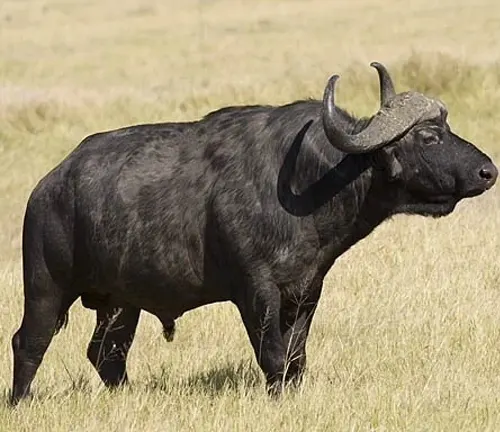
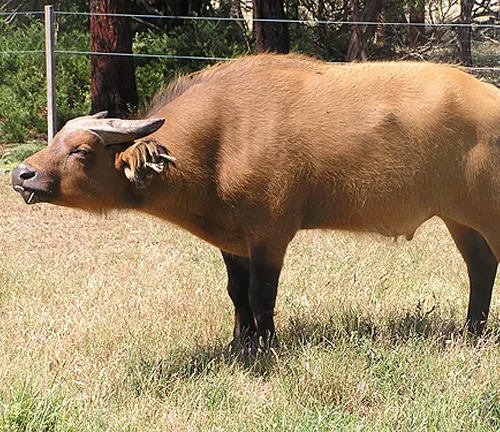
Forest Buffalo
(Syncerus caffer nanus)
Also known as the Dwarf Buffalo, this smaller subspecies inhabits the rainforests of Central and West Africa. It has reddish-brown fur and smaller horns.
West African Savannah Buffalo
(Syncerus caffer brachyceros)
Found in West Africa, particularly in the savannah regions. This subspecies tends to be smaller than the Cape Buffalo with more curved horns.

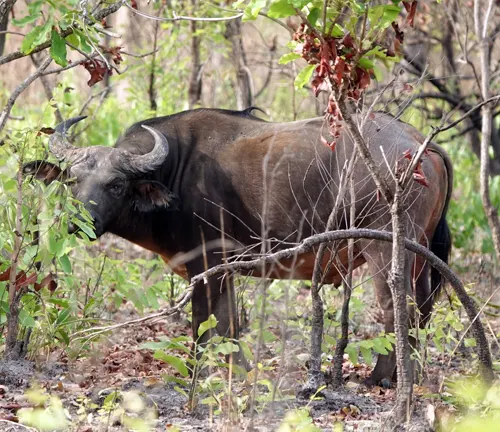
Sudan Buffalo
(Syncerus caffer aequinoctialis)
This subspecies is native to Central Africa, particularly the savannahs of South Sudan and surrounding areas. It has characteristics intermediate between the large Cape Buffalo and the smaller forest and savannah types.
Mountain Buffalo
(Syncerus caffer mathewsi)
A less frequently mentioned subspecies, found in mountainous areas of East Africa. It shares many characteristics with the Cape Buffalo but is adapted to rugged terrain.
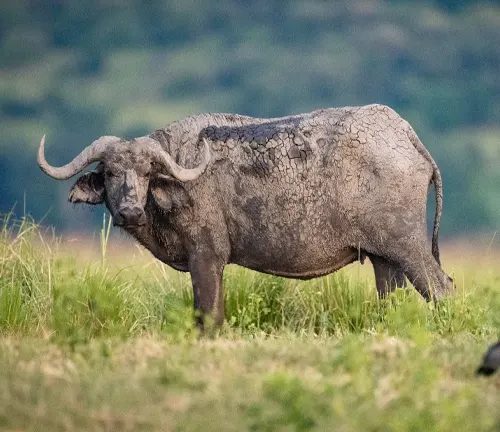
Frequently Asked Question (FAQs)
- What is a Cape Buffalo?
The Cape Buffalo, Syncerus caffer, is a large African bovine known for its strength, large horns, and social nature. It’s one of the key species in African savannas and forests. - Where do Cape Buffaloes live?
They are primarily found in sub-Saharan Africa, inhabiting a range of environments including savannas, floodplains, grasslands, and forests near water sources. - How can you identify a Cape Buffalo?
Cape Buffaloes are identifiable by their large size, dark brown or black coat, and distinctive curved horns, which are larger and more pronounced in males. - What do Cape Buffaloes eat?
They are herbivores, primarily feeding on grass. Their grazing is essential for maintaining the ecological balance in their habitats. - Are Cape Buffaloes dangerous?
While generally peaceful, they can be aggressive if threatened and are considered one of the most dangerous animals in Africa, especially towards hunters. - How do Cape Buffaloes socialize?
They are highly social animals, living in large herds that can consist of hundreds of individuals, providing protection and social interaction. - What are the main threats to Cape Buffaloes?
Their primary threats include habitat loss, diseases like bovine tuberculosis, and poaching for their horns and meat. - What is the lifespan of a Cape Buffalo?
In the wild, they can live up to 20 years, while in captivity, they may live slightly longer. - How do Cape Buffaloes contribute to their ecosystem?
Their grazing helps control grassland vegetation, and they serve as a prey species for large predators like lions. - Are Cape Buffaloes endangered?
Currently, they are not classified as endangered, but certain populations are under threat due to habitat loss and hunting. - Can Cape Buffaloes be domesticated?
Unlike other bovine species, Cape Buffaloes have not been successfully domesticated due to their unpredictable nature. - How do Cape Buffaloes reproduce?
They have a gestation period of about 11 months, and usually, a single calf is born. The herd protects and nurtures the calves. - What is the role of a Cape Buffalo in African culture?
They hold significant cultural importance in many African societies, symbolizing strength and resilience, and are also a major attraction in wildlife tourism. - How do Cape Buffaloes defend themselves against predators?
They rely on their strength, horns, and the safety in numbers provided by the herd to defend against predators. - What is the difference between Cape Buffaloes and Water Buffaloes?
Cape Buffaloes are native to Africa and have distinct physical traits, like heavier horns, compared to the Asian Water Buffaloes, which are larger and have been widely domesticated.


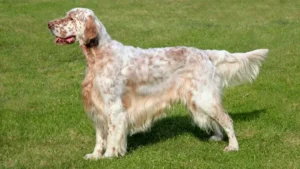


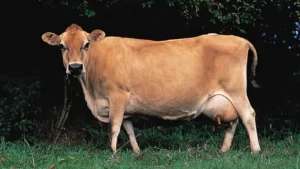



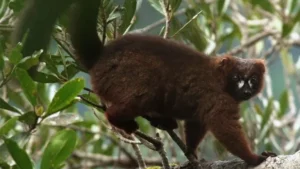
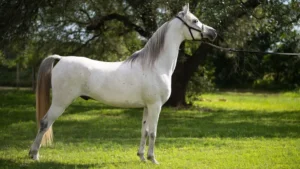



Leave your comment